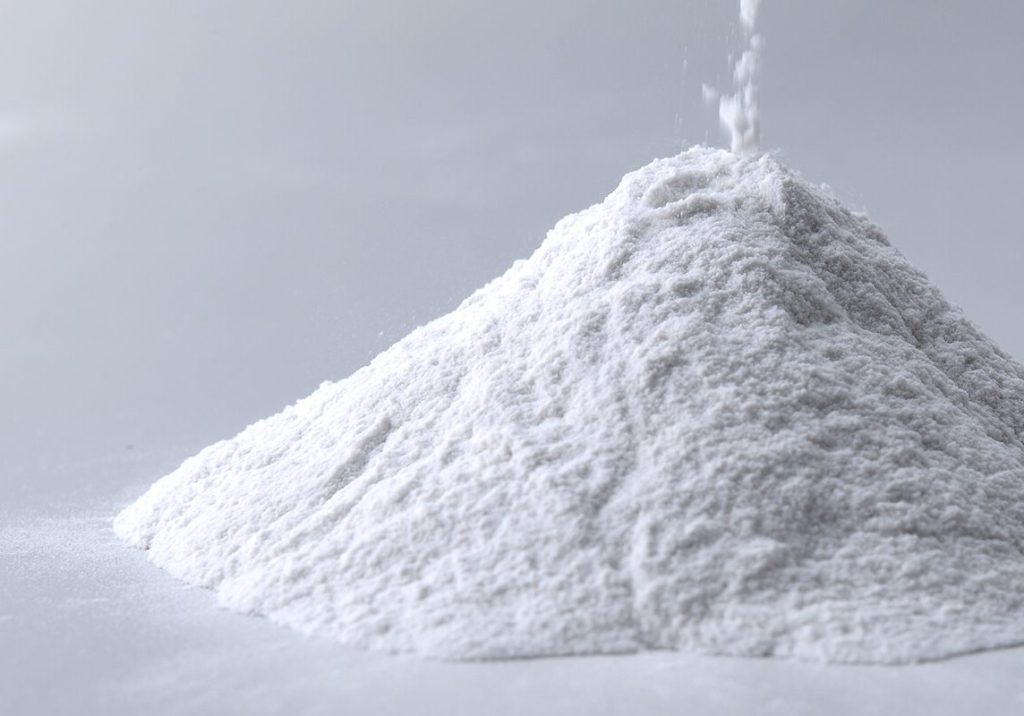Why should silica be modified? What methods are there?

The surface layer of silica has a large number of hydroxyl groups, which interact with each other, thereby affecting the overall performance of the material. For example, silica agglomerates due to the hydrophilic nature of the surface hydroxyl groups. Because of this phenomenon, when the rubber composite material is subjected to a certain load, the relative friction force inside the material will increase, affecting the mechanical properties of the composite material.
Because of a large number of hydroxyl groups, which are alkaline, silica will also be weakly alkaline. When encountering some alkaline accelerators, it will react with them, which will cause some problems in the vulcanization process of rubber composites. Influence, will lead to a longer time for rubber vulcanization, which will produce a series of chain reactions, such as increasing internal friction, reducing crosslinking density and so on.
In traditional industrial and practical applications, it is divided into two types according to the properties of modifiers, namely organic and inorganic modification. Among them, the modification method of organic matter is widely accepted, which can be divided into three types according to the process method, dry method, wet method and autoclave method.
For the modifiers that have been determined, different modification methods can be matched to achieve different modification effects. There are many modification techniques, each with its own advantages and disadvantages.
One is to graft the surface of the silica particles to the polymer with similar properties, which is commonly known as the surface grafting modification method, which is suitable for grafting polymers with smaller molecular weights, but the conditions for grafting are also very strict;
The second is the modification method of silane coupling agent. In the preparation process, the functional group on the coupling agent reacts with the hydrophilic group of the particle, and on this basis, the material is modified;
The third is the method of ionic liquid modification. The silica is placed in the particle liquid to react with it to improve the dispersibility of the silica. Although this method has low pollution and is easy to operate, the modification effect is poor;
The fourth is macromolecular interface modification. This modification method has poor effect when used alone, but can cooperate with the coupling agent in a specific environment;
The fifth is to use the modification method in combination, that is, to combine a variety of modification methods, take advantage of their strengths and avoid their weaknesses, and integrate their respective advantages to improve the quality of modification. For example, the in-situ modification method first developed by Michelin, roughly realizes the process of adding silane coupling agent and silica and other substances to the rubber during mixing, and the two react under certain system conditions. There is some force between the coupling agent and the rubber mixture, which can not only destroy the aggregates of silica, but also hydrophobically modify the silica. However, this method requires a lot of energy and is difficult to control efficiently, so appropriate improvements should be made to avoid these defects. In addition, the remaining coupling agent is likely to remain in it, which affects the properties of the composite material.
There is also a dry modification technology similar to in-situ modification. The purpose is to obtain highly hydrophobic silica through the reaction of silane coupling agent and silica under high temperature conditions. However, in this process , also consumes a lot of energy.
At present, the wet modification technology is accepted, which requires the silane coupling agent to react with silica in a solution. This technology not only does not need to consume a lot of energy, but also is relatively controllable.
With the development of science and technology, polymer modification has become a new development trend. Because this new composite material combines the advantages of two or more materials, and has very superior bonding properties, and solves the problem of non-uniform expansion coefficients of the two experimental materials under high temperature and high pressure, it is a rubber composite material. The study of mechanical behavior has made a good foundation. As far as silicone rubber is concerned, the use of nano-calcium carbonate modified silica as a reinforcing agent can not only satisfy the reinforcement effect, but also improve the rheological properties of the silicone rubber, thus achieving the effect of improving the processing of molded products.
